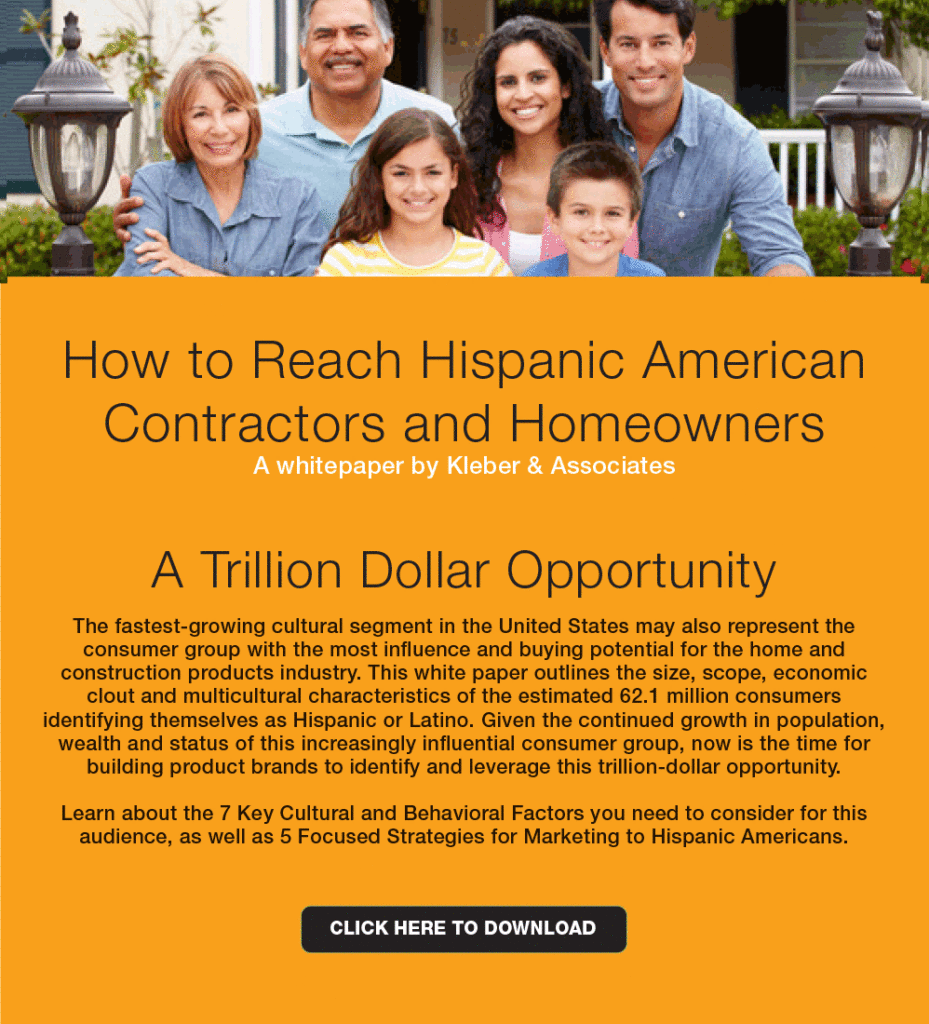Hispanic Heritage Month is a national celebration to honor the history, culture and influence of those in the U.S. who trace their cultural heritage to Spain, Mexico, and the Caribbean as well to Central and South America.
The observance started in 1968 under President Lyndon Johnson’s administration as a one-week celebration called “Hispanic Heritage Week.” President Ronald Reagan proposed extending the recognition into a longer event, and “National Hispanic Heritage Month” was born.
Enacted into law on August 17, 1988… the annual observance is officially marked by the 30-day period beginning on September 15 and extending through October 15.
Latino and Hispanic — What’s the Difference?
Considered by many to be one of the first global superpowers, the Spanish Empire left in its wake — a culture and bond that persist to this day. Descendants from this era are referred to under the umbrella term “Hispanic,” which is derived from the Latin word for Spain, Hispanicus.
While each of the 20 plus countries that fall under the Hispanic umbrella has a unique culture and history… they are bound together by a common language.
It’s important to note that many people use the terms “Latino” and “Hispanic” interchangeably. However, these two words have different geographic origins. A Hispanic person is someone who comes from, or is a descendant of, a Spanish-speaking country.
Latino, on the other hand, is used to refer to someone who comes from Latin America… generally understood to include South America in addition to Mexico, Central America and the islands of the Caribbean.
A Deeply Rooted History With Exponential Growth
From the earliest days, Hispanics have been part of the American fabric… and currently make up some 19 percent of the U.S. population.
Importantly, this demographic is one of the fastest growing groups in the country.
According to the U.S. Census Bureau, the Hispanic population grew 23 percent between 2010 and 2020. Increasing from 50.5 million to 62.1 million.
New American Economy (NAE) looked at U.S. Census data from the 2017 American Community Survey. The data shows that Hispanic Americans earned more than $1 trillion and paid over $250 billion in taxes in 2017 alone.
Hispanics continue to fill critical gaps in workforce challenged industries… notably, construction. Don’t consider this group in a broad stroke, as mere “day laborers.” Notably, Hispanic Americans continue to launch and lead their own businesses… at higher rates than the rest of the U.S. population.
When it comes to the building products industry, the Hispanic influence is even more pronounced. A recent NAHB Eye on Housing article explored labor statistics and determined that one in three construction workers nationwide is of Hispanic origin. In Texas, Hispanics make up 61 percent of the construction work force.
Marketing Home Product Brands to Hispanic Americans
Acknowledging the target value of the Hispanic population is vital for building product brands — not only this month — but when planning for 2023 marketing programs.
Following are some steps to consider to reach this critically important audience.
Join and become active in Hispanic-focused organizations and associations. Multiple organizations exist to help stimulate growth for Hispanic-owned businesses, such as the Regional Hispanic Contractors Association, United States Hispanic Chamber of Commerce and National Hispanic Construction Association (NHCA).
These organizations typically offer multiple advertising and marketing opportunities… and are an ideal way to cultivate relationships for building product brands.
For example, the NHCA represents more than 4,500 companies. Additionally, the association’s chapters reach over 35,000 Hispanic-owned construction firms and provide communication pathways through their websites, newsletters and social media.
Trade shows such as ExpoContratista are also a good way to get products and services in front of the Hispanic audience — along with sites such as ProConsejos, an online resource for home improvements and renovations for Hispanic professionals.
Use English and Spanish. With 53 million fluent speakers, Spanish remains the second-most spoken language in the U.S. As such, it is becoming increasingly important to provide materials in Spanish when marketing to the Hispanic population.
Having installation instructions — and product information — professionally translated is an important first step. It can help to avoid costly mistakes in the field for someone not fluent in English. And, importantly, the opportunity allows a building product brand to demonstrate respect, which can go a long way in creating brand affinity.
Making websites available in both English and Spanish is helpful also, as are targeted social outreach efforts, such as a Spanish-language YouTube channel.
Leverage social media. Research reveals that there are more than 41 million Hispanic social network users in the U.S. And Hispanics spend more time on social media than many other U.S. demographic groups surveyed.
In fact, Hispanic users lead the country in social media consumption on smartphones. Some 279 minutes every week! Facebook is the most popular social media site among this audience… with recent data showing that 75 percent of Hispanic internet users have accessed the social networking site.
Make It Count — Now… Housing & Hispanics Will Affect the Mid-Term Elections
It’s clear that Hispanic Americans are a rapidly growing group of influence within the U.S. And, as their influence continues to increase, so too does their spending power and resulting opportunities. Building product brands will be wise to continue creating innovative marketing campaigns, designed to influence this important demographic.
To learn more about engaging the Hispanic market, read our white paper, “How to Reach Hispanic American Contractors and Homeowners.”
Interested in developing strategic marketing programs targeting the Hispanic segment, or other demographic outreach? Send an e-mail to sk@kleberandassiciates.com to get the conversation started.





